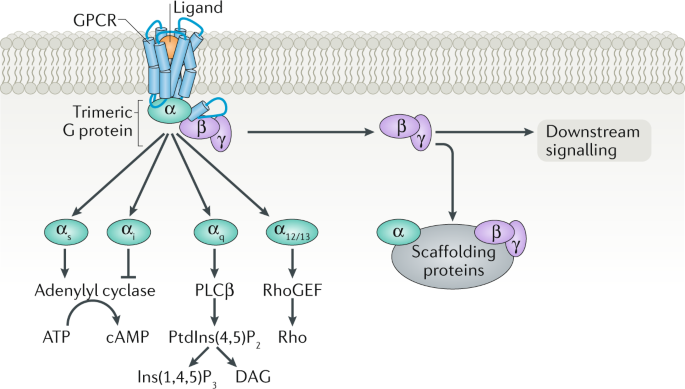Pathological Gambling A Critical Review
Due to recent changes of gambling laws, accessibility to gambling has become more widespread and thus, there has also been an increase in the prevalence of pathological gambling (PG). The wide range of social, economic, and psychological problems associated with PG are well known. There is a need fo. Pathological gambling (PG) is an addictive disorder with harm related to the high psychiatric comorbidity and increased suicidal risk. Prevalence rates in general population range from 0.2% to 2.1%.
As states have moved from merely tolerating gambling to running their own games, as communities have increasingly turned to gambling for an economic boost, important questions arise. Has the new age of gambling increased the proportion of pathological or problem gamblers in the U.S. population? Where is the threshold between 'social betting' and pathology? Is there a real threat to our families, communities, and the larger society? Pathological Gambling explores America's experience of gambling, examining:
- The diverse and frequently controversial issues surrounding the definition of pathological gambling.
- Its co-occurrence with disorders such as alcoholism, drug abuse, and depression.
- Its social characteristics and economic consequences, both good and bad, for communities.
- The role of video gaming, Internet gambling, and other technologies in the development of gambling problems.
- Treatment approaches and their effectiveness, from Gambler's Anonymous to cognitive therapy to pharmacology.
This book provides the most up-to-date information available on the prevalence of pathological and problem gambling in the United States, including a look at populations that may have a particular vulnerability to gambling: women, adolescents, and minority populations. Its describes the effects of problem gambling on families, friendships, employment, finances, and propensity to crime.

Pathological Gambling A Critical Review Paper
How do pathological gamblers perceive and misperceive randomness and chance? What are the causal pathways to pathological gambling? What do genetics, brain imaging, and other studies tell us about the biology of gambling? Is there a bit of sensation-seeking in all of us? Who needs treatment? What do we know about the effectiveness of different policies for dealing with pathological gambling? The book reviews the available facts and frames the intriguing questions yet to be answered.
Pathological Gambling A Critical Review Article
Pathological Gambling will be the odds-on favorite for anyone interested in gambling in America: policymakers, public officials, economics and social researchers, treatment professionals, and concerned gamblers and their families.